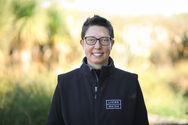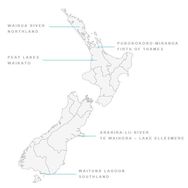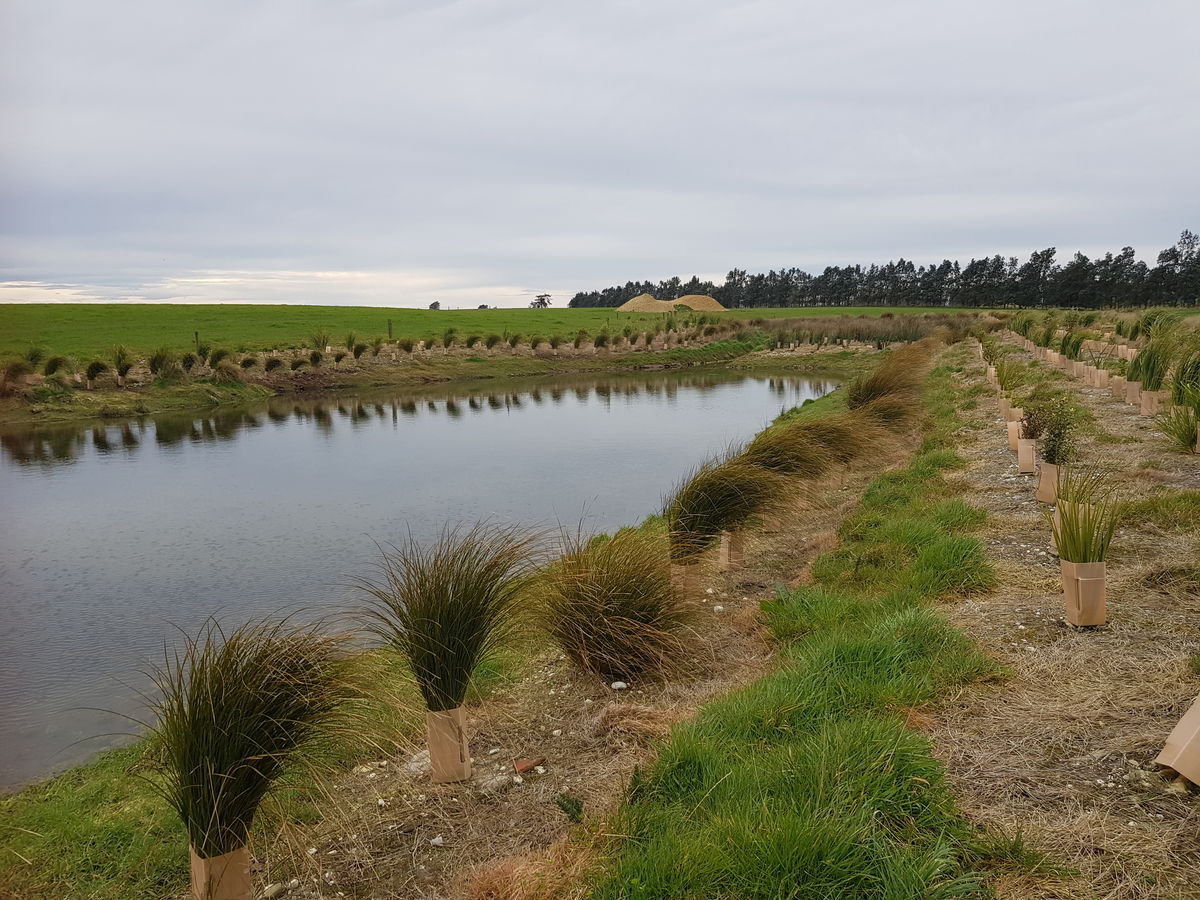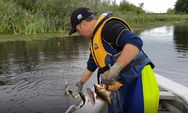
DOC and Fonterra: Mooving the dial on freshwater
The Partnership
Just two organisations care for nearly 40% of New Zealand’s land: a global dairy nutrition company using the land for production, and a public service department charged with protecting the land and the vulnerable species that live there.
“The first few years were interesting,” explains Sarah Yarrow, National Manager of Living Water, a ten-year partnership between the Department of Conservation (DOC) and Fonterra that began in 2013. “No one in New Zealand has taken on a task this big or a partnership like this, we really had a lot to learn”.
In 2016 the Living Water partnership undertook a strategic refresh to ensure the joint programme to conserve the land, while using it responsibly, remained current and could deliver results within the 10-year timeframe. The underlying vision and guiding principles of the partnership remained the same, but the work shifted focus to finding game-changing and scalable solutions to enable farming, freshwater and healthy ecosystems to thrive side-by-side.
“Every time I’m on-farm, alongside a Fonterra Sustainable Dairy Advisor, talking to a farmer, all three of us get a whole new understanding of the problem New Zealand faces with dairying and freshwater,” explains Nicki Atkinson, Living Water Impact and Partnerships Manager.
Dairy farmers and conservationists haven’t always seen eye-to-eye, but the partnership has opened doors to build relationships based on the shared vision of healthy freshwater ecosystems to exist alongside farming. This meant the two organisations needed to put aside their differences and learn from each other to build relationships that focus on outcomes rather than differences. Having open and inquisitive conversations that Atkinson describes as “sometimes tricky” is needed to uncover solutions that make a difference and endure.
“While working in partnership has been a learning curve, we continue to work together through uncharted territory. It’s starting to pay off,” explains Atkinson. Dairy farming is central to New Zealand’s economy but how we are farming is having an impact on our lowland freshwater ecosystems. By combining DOC’s restoration expertise and community and iwi collaboration with Fonterra’s responsible dairying knowledge, together we can get better results.

Sarah Yarrow

Nicki Atkinson


The Catchments
The work is being done in five significant dairying regions of New Zealand.
While there are shared problems across all five catchments, each also has its own unique challenges, pressures, values and histories that influence our work and how we do it at place explains Sarah Yarrow, Living Water National Manager who has been with the programme since 2014, initially as the South Island Manager then moving to National Manager in 2017. In the early days, we really came to understand that a one size fits all approach wasn't going to work "a tool might work really well in Canterbury where it's flat and dry but that might not be suited to Northland's undulating landscape and often heavy rainfall".
The Wairua catchment is home to the largest remaining wetland remnants of the Hikurangi Swamp, a large former wetland complex in Northland. These remnants contain a mosaic of threatened wetland types including fen and domed peat bogs, surrounded by farms. The modification of drainage and increased nutrients from farmland which pose threats to the area and its unique flora and fauna. Since 2018, Living Water has been involved in the establishment of the Waimā Waitai Waiora (Freshwater Improvement Fund) project. Former DOC Site Lead Andrew Kirk has focused on working with Fonterra Sustainable Dairy Advisor (SDA) George Kruger, landowners, iwi and Northland Regional Council to prioritise actions for freshwater improvement including:
- detention bunds, structures that slow stormwater allowing nutrients to be captured and released slowly instead of being dumped in one event, water monitoring in waterways to understand what happens in floods
- controlling tradescantia which is a nuisance weed, with biocontrol beetles
- working with the Mountains to Sea Conservation Trust to encourage community involvement in addressing freshwater issues.
Pūkorokoro-Miranda on the Firth of Thames is an internationally recognised Ramsar site that is home to a diverse resident and migratory shorebird community. However, a lack of regulatory drivers controlling activities within the catchment threatens the protection of their habitat. DOC Site Lead Dion Patterson has focused on catchment-wide pest control to galvanise the community while at the same time working with SDA, Lee Framp to help farmers to take action to reduce sediment and nutrient loss from their farms using information from the Catchment Condition Survey and Prioritisation Tool to know where to focus resources.
The Waikato Peat Lakes focus is on improving the water quality of lakes Ruatuna, Rotomānuka and Areare to help mudfish, bittern, fern birds, dab chicks and long-finned eel return. It will also enhance public access and recreational use. The local community have adopted the peat lakes, the local township of Ōhaupō is now dubbed “Home of the Peat Lakes” with welcome signs featuring images of local landscapes and wildlife and bus shelters painted with native birds. Site Lead Dion Patterson and Ranger, Rose Graham have been working with the community and local iwi to carry out lake restoration and pest control including the use of eDNA sampling to detect pest fish like koi carp and rudd, planting a rongoa garden and reducing the invasive weed Ludwigia with a drone!
In Canterbury the Ararira-LII catchment, farming practices are more regulated with requirements to have farm environment plans in place, but there is little native biodiversity remaining due to years of land conversion, intensification of agriculture and drainage. DOC Site Lead, Robin Smith and SDA Libby Sutherland are working hard to inspire the farming community and local Councils to create habitat from the ground up through better management of drainage networks, wetland restoration, riparian planting and instream habitat trials. In 2018 a relationship was formalised with Te Taumutu Rūnanga to work together to rejuvenate the mauri and life supporting capacity of Te Waihora.
The Awarua-Waituna wetland complex in Southland is the second Ramsar site Living Water is working at. In Waituna, Living Water’s work is part of a long-standing Whakamana te Waituna Freshwater Improvement Fund partnership with Councils, iwi and others. The scale of this partnership means that former DOC Site Lead Chris Hankin, SDA Cain Duncan and Impact and Partnerships Manager Nicki Atkinson have many relationships to navigate but also that they are driving and contributing to a holistic array of activities. These include land retirement around Waituna Lagoon, stream restoration, plans for large scale constructed wetlands and a Mahinga Kai Pa.
40% of land under the care of both organisations means the big responsibility of ensuring future generations will find the land and waterways in better health than they are in 2020. To achieve this both organisations recognize the future of farming will be different and are committed to working together on what this could mean for farming and freshwater.
Sign up to our newsletter or follow us on Facebook, Twitter, Instagram and LinkedIn to stay up to date with the latest news.
While there are shared problems across all five catchments, each also has its own unique challenges, pressures, values and histories that influence our work and how we do it at place


